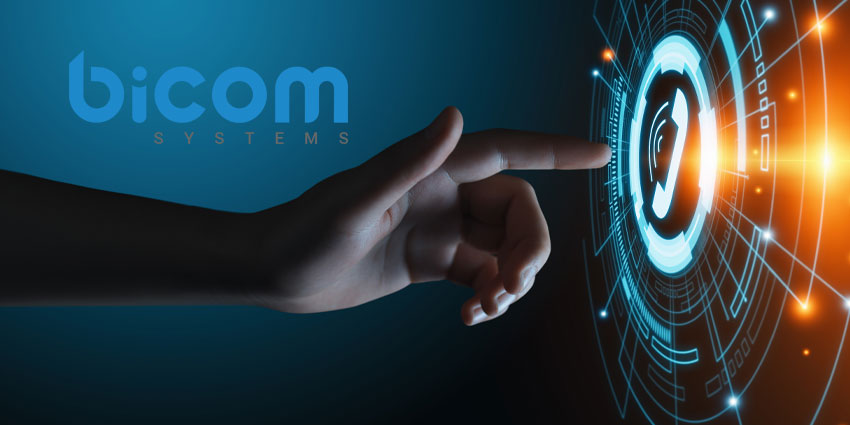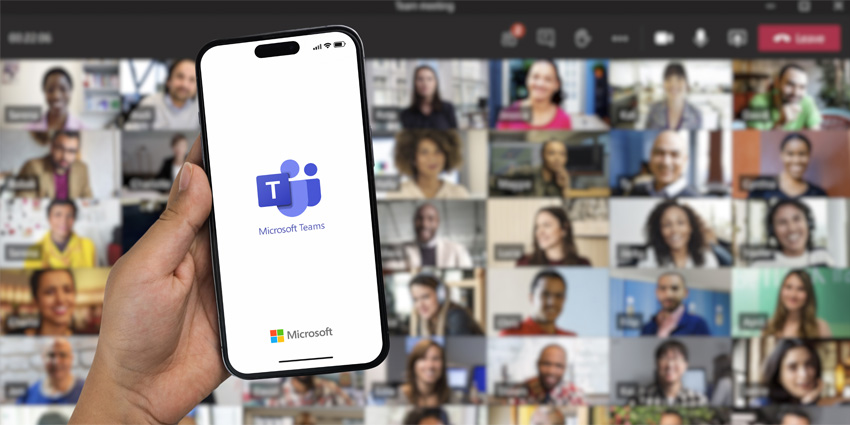When I think of a Contact Centre, I picture several cubicles crammed into a small office with loud chatter and telephones ringing. Although I can’t shake that memory, most contact centres are nothing like that today.
Technology is continuously changing, and we are seeing an increasing focus on customer service in Contact Centres. Supplying your agents with the proper tools to deliver the best customer service does not have to be complicated.
Keep reading to learn five features you should look for in contact centre solutions in 2020.
1 – Automated Dialler – Auto Dialler
An automated dialler feature is as equally time-saving as it is useful. This feature automates the process of dialling numbers in your contact centre. An administrative user will upload a list of information into the database, and the application will dial the numbers based on the algorithm or settings. Once a call is answered, the system will connect the call to the appropriate representative.
The data imported in the application can be organised through campaigns. For example, you can have a ‘USA’ campaign with US phone numbers, as well as a ‘Canada’ campaign, with Canadian phone numbers. Organising the data per campaign will eliminate confusion and error.
To summarise, the auto-dialler feature will increase the call connect ratio, decrease idle agent time, and improve the productivity of agents.
2 – Call Blending Capabilities
Implementing a call blending feature allows both inbound and outbound agents to make and take calls when necessary. Older contact centre solutions require a supervisor to manually make changes to an individual agent’s capabilities.
Now, call blending can be turned on (or off) with the click of a switch! When turned on, the system will automatically divide the agents into inbound callers waiting in the queue, and outbound calls that need to be made. This feature makes for an efficient contact centre because when incoming calls are slow, the inbound agents can work on the outbound campaigns (and vice versa!)
The call blending feature gives agents an opportunity to gain more call time experience and increases productivity.
3 – Agent Statistics
Detailed agent statistics that are produced in real-time are incredibly beneficial to a contact centre of any size! Statistics will assist supervisors in determining which campaigns are
succeeding and which are failing. They also can be used to assess agent abilities. Detailed agent statistics show items like an agent’s:
- Sessions
- Performance
- Actions
- Available
- Idle
- Busy
- On a Call
- Calls
- Inbound
- Outbound
- Direct In
- Direct Out
Although revenue is important, customer experience and satisfaction are becoming a significant focus in contact centres. Detailed statistics give you a better understanding of your agents. This better understanding you have of your agents allows you to prioritise your KPIs.
4 – SBR – Skills-Based Routing
As mentioned above, statistics improve the understanding of your agents. Skill-Based Routing makes it possible for supervisors to prioritise agents.
Administrative users can create a set of rules and assign penalties to agents. Depending on the rule, these penalties will allow selective agents to answer calls during specific periods (or not answer calls).
For example, if Scott specialised in a specific product, he would then be prioritised to receive calls regarding that product. His knowledge and expertise will prioritise him higher than other agents.
Agents can also receive a score based on their KPIs. A good score may result from: low call
times, various transfers, and prompt call times. A low score may result from: many upset customers, numerous supervisor intervenes, and complaints.
5 – Social Media Integration
Today, customers tend to head straight for social media to express how they are feeling about a company. It could be positive or negative; either way, it is a place for them to voice their opinion.
For companies to stay ahead of support problems and complaints, their contact centres must integrate with social media. With social media integration, you can assign agents to monitor and reply to support issues that come from social media.
Integrating social media into your contact centre improves your average response time rate and decreases customer frustration. Customers will avoid repeating details to various employees, and companies will differentiate themselves by providing real, live solutions to problems.
What else do you think your Contact Centre should have?

Guest Blog by Patrice Bramat, Business Success Manager at Bicom Systems
Patrice has over 20 years of experience in sales, marketing, and management. Upon recently joining the Bicom Systems team, he came from large corporations like Akzo Nobel, Rexel, and Xerox. As Bicom Systems Business Success Manager, Patrice is tasked with providing partners with resources in sales and marketing to further their business needs. Bicom Systems is the only unified communications provider with all of the pieces to start and grow a telephony company. They offer seven highly-featured products integrated seamlessly to boost sales, growth, and profit.







